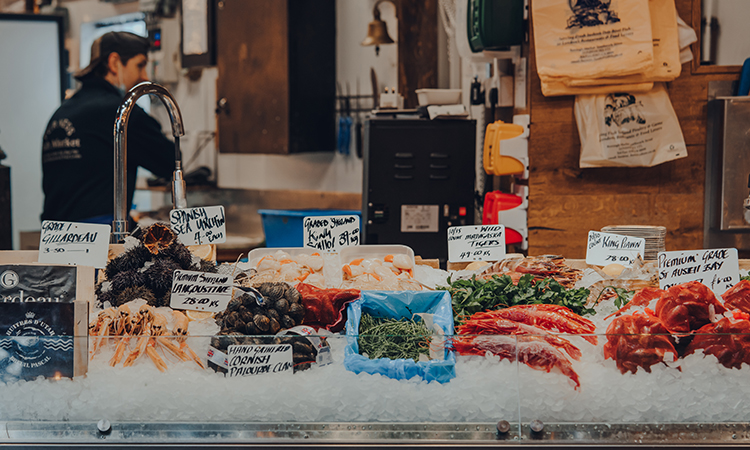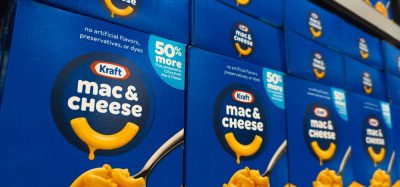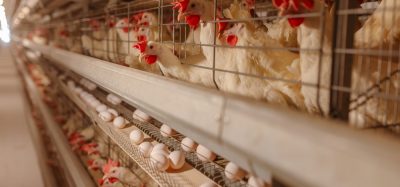Local seafood sellers experience growth while global system stutters
- Like
- Digg
- Del
- Tumblr
- VKontakte
- Buffer
- Love This
- Odnoklassniki
- Meneame
- Blogger
- Amazon
- Yahoo Mail
- Gmail
- AOL
- Newsvine
- HackerNews
- Evernote
- MySpace
- Mail.ru
- Viadeo
- Line
- Comments
- Yummly
- SMS
- Viber
- Telegram
- Subscribe
- Skype
- Facebook Messenger
- Kakao
- LiveJournal
- Yammer
- Edgar
- Fintel
- Mix
- Instapaper
- Copy Link
Posted: 1 April 2021 | Joshua Minchin (New Food) | No comments yet
Researchers claim the local supply lines and direct marketing approaches of local seafood networks meant an ordinarily niche sector was able to do well during the early stages of the COVID-19 pandemic.


Business models whereby the people who caught the fish also sell it fared well during the early stages of the pandemic
Local alternative seafood networks (ASNs) in the US and Canada, often considered niche segments, experienced unprecedented growth in the early months of the COVID-19 pandemic, while the broader seafood system faltered. The international study, led by the University of Maine, highlights the need for greater functional diversity in supply chains.
According to the researchers, the spike in demand reflected a temporary relocalisation phenomenon that can occur during periods of systemic shock – an inverse yet complementary relationship between global and local seafood systems that contributes to the resilience of regional food systems.
The globalisation of seafood has made food systems more vulnerable to systemic shocks, which can impact those dependent on seafood for sustenance and employment.
Those behind the study say policy changes and greater investments in data collection and infrastructure are needed to support ASN development, increase functional diversity in supply chains, and bolster the resilience and sustainability of regional food systems and the global seafood trade.
“This research shows that alternative seafood networks help to make seafood supply chains more diverse. In doing so, it brings attention to the critical role that local seafood systems play in supporting resilient fisheries in times of crisis,” said Joshua Stoll, Assistant Professor of Marine Policy at the University of Maine.
Seafood is a highly perishable commodity that demands efficient distribution. Alternative seafood networks distribute seafood through local and direct marketing, conducted by the very people who caught it, as opposed to the long and complex supply chains of their global counterparts.
According to the study’s findings, this physical and social ‘connectedness’ may help to insulate local and regional seafood systems from the deadlock caused by systemic global shocks that disrupt the broader seafood trade.
“ASNs emphasise shorter supply chains and direct-to-consumer models,” explained Philip Loring, Associate Professor and Arrell Chair in Food, Policy and Society at the University of Guelph which also participated in this joint study.
“They’re not locked into a single system,” he continued, “They have access to diverse fisheries, they know how to get straight to the consumer. All these things came together and created a unique ability to pivot quickly.”
Related topics
Food Security, Research & development, retail, Supply chain, Trade & Economy
Related organisations
Haverford College, North American Marine Alliance, The University of Guelph, University of Maine, University of Vermont (UVM)









